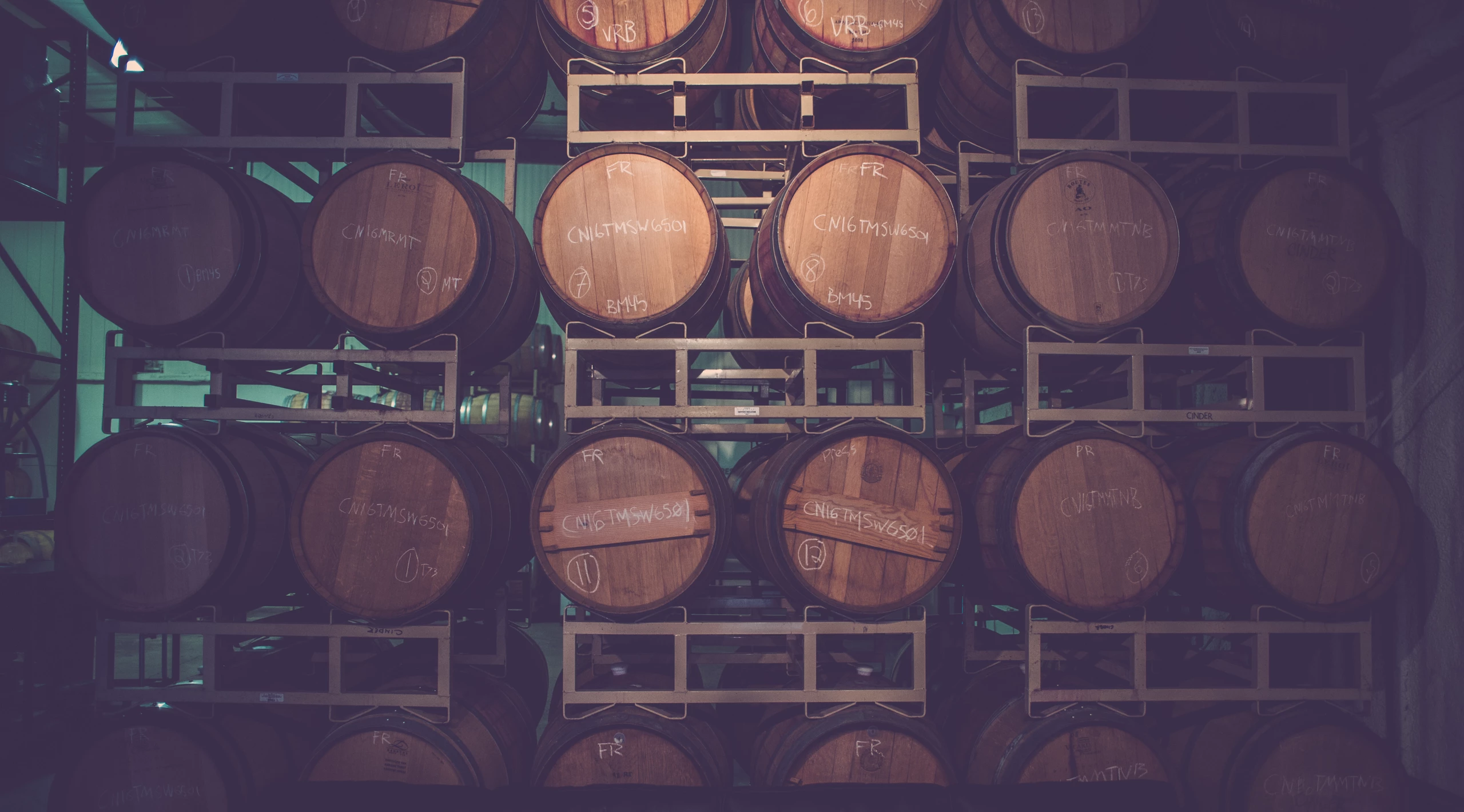
Idaho Wine Commission
Idaho Wine History
It All Starts With The Grapes
Idaho is considered by some to be part of the new frontier of wine in the United States. But the first grapes planted in Idaho were actually grown in Lewiston in 1864. In other words, we’ve been at this for a while.
Read on to learn more about the time, effort, and expertise it took to create the award-winning wines we produce now.

“In Idaho we’re the oft-forgotten ‘other’ state in the Pacific Northwest,” says John H. Thorngate, Ph.D., formerly a professor at the University of Idaho, now Applications Chemist, Research & Development, Constellation Wines U.S. But it’s worth remembering that Idaho was home to the first wineries in the Pacific Northwest.
Before any grapes were ever planted in Washington or Oregon, they were planted here in Idaho by immigrants—Louis Desol and Robert Schleicher from France, and Jacob Schaefer from Germany. They were winning awards around the country before Prohibition took a debilitating toll on the industry and brought production to an absolute halt.
It wasn’t until 1970 that wine grapes were again planted in Idaho, this time along the Snake River Valley in the southern part of the state. This is where Idaho’s first American Viticultural Area (AVA) was established on April 9, 2007, and where most of the state’s wineries are located today. The Snake River Valley AVA covers more than 8,000 square miles and has a near-famous latitude for growing grapes, comparable to regions from around the world. Its immense size is a great advantage, allowing for tremendous room to grow. In other words, there’s room for everyone here.
The approval of the Snake River Valley AVA was a vast undertaking that gained attention around the world. And even though 2007 wasn’t so very long ago, our roots in winemaking grow much deeper. We’ve been at this for more than a century, making world-class, award-winning wine. So while some may see Idaho as the “oft-forgotten” state in the Pacific Northwest, we know better—great wine comes from Idaho!
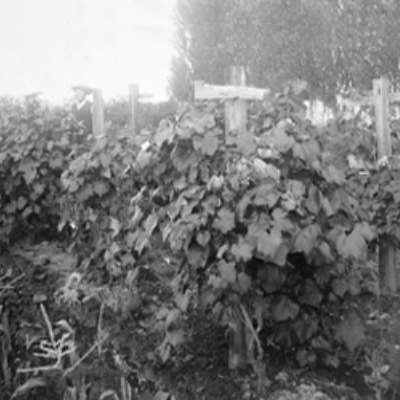
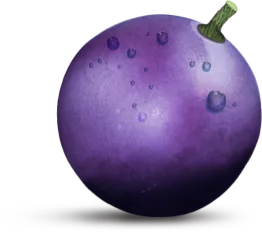
Idaho Wine: A Timeline
2-9
Million Years Ago
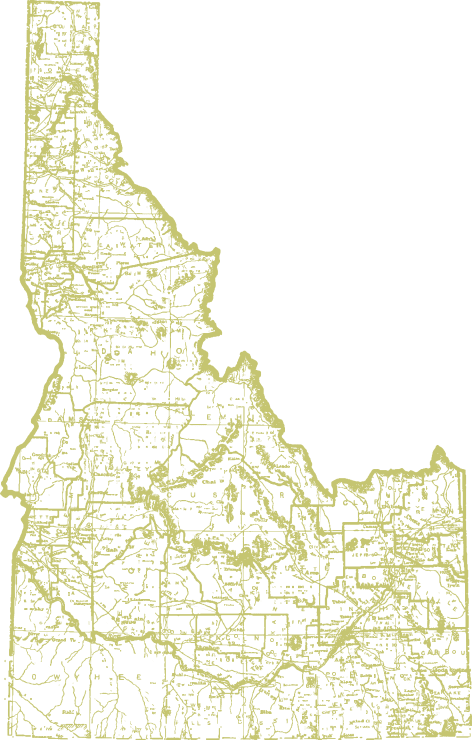
Lake Idaho
Ancient Lake Idaho is formed, stretching 200 miles from Weiser to Twin Falls
1865
Crop survives winter
An article dated September 5, 1865
in the Idaho Statesman reported that a vineyard of Royal Muscadine cuttings had been planted early in the spring of the previous year (1864) and it had survived the winter well and was beginning to produce grapes in Lewiston
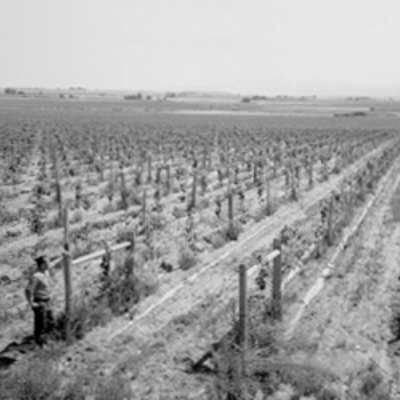
1865-1919
Idaho wine industry booming
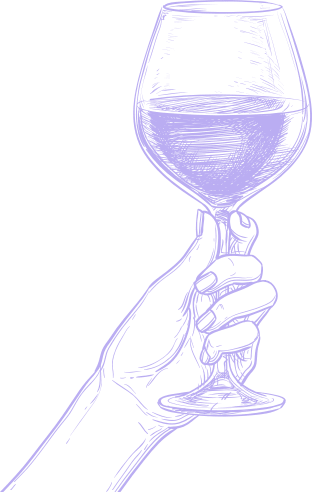
1919
Prohibition
Prohibition halts the wine industry across the country with the 18th Amendment

1933
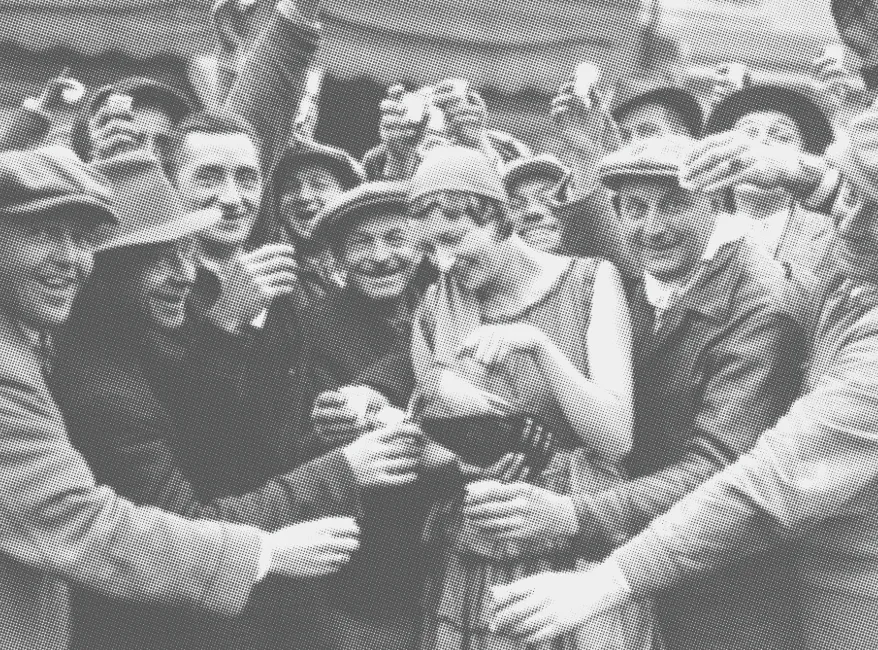
Prohibition ends
Prohibition ends with the 21st Amendment being ratified on December 5, 1933
1935
First winery
First winery to open after Prohibition. “The Garden of Eaves,” owned and operated by Gregory Eaves

1970s
Chateau Juliaetta
The second bonded winery was established in 1972 in Troy, Idaho, called Chateau Juliaetta. They grew and produced wine from a hybrid grape called Chelois, and they also purchased grapes from some local growers in the valley
1972
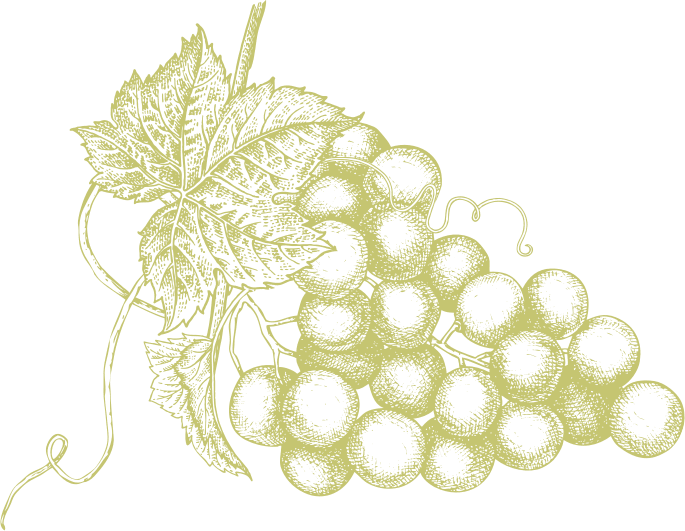
Grapes planted in Snake River Valley
1975
Ste. Chapelle Winery
The state’s largest winery, Ste.
Chapelle Winery, opens
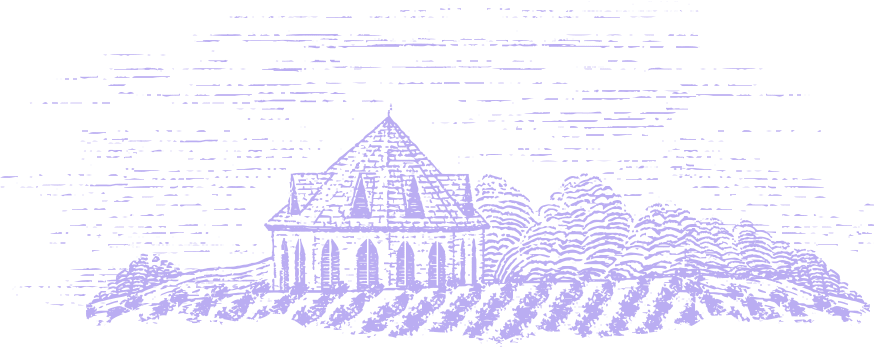
1984

The Idaho Grape Growers & Wine Producers Commission is formed
1999
656 acres of grapes planted

2002

11 wineries in Idaho with more vineyards being planted
2007
Snake River Valley
The Snake River Valley American Viticultural Area (AVA) is approved as a federally designated grape-growing region in Southwest Idaho

2008
$73 million
Boise State University completes study finding that the Idaho wine industry has a $73 million economic impact
2010

43 wineries in Idaho and 1,200 acres planted
2013
Economic impact rises to $169.3 million

2015
Eagle Foothills
The Eagle Foothills AVA is approved as a federally designated grape-growing region within the Snake River Valley AVA

2016
Lewis-Clark Valley
The Lewis-Clark Valley AVA is approved as a federally designated grape-growing region in Northern Idaho
2017
Economic impact rises to nearly $210 million

2023

Over 65 wineries and 8 cideries in Idaho and 1,300 acres planted

Location, Location, Location
Producing incredible wine is our birthright, geographically speaking. Idaho’s warm days and cool nights, limited rainfall and geographical location make it an ideal place for growing grapes.
Vinifera, a.k.a. wine grapes, actually love our four-season climate. While cold winters might seem like a disadvantage, the low temps allow vines to go into hibernation mode—to rest and conserve important carbohydrates for the coming season—while ridding the plants of bugs and discouraging disease.
In summer, the cold nights and warm days balance the grape acids and sugars for the tastiest results. Thirty-to-forty-degree diurnal temperature variations are typical of this higher elevation—swings from 30° to 65° are common—and sugars are nurtured by the abundant sunshine during the long day. By contrast, the cool evenings help maintain the acids. These natural acids are important for the wine’s taste and longevity but can be difficult to maintain in, for example, a warmer climate. Adequate sugar, on the other hand, is often an obstacle in places where early rains absorbed by the grapes and vines in the final stages of ripening dilute the fruit’s natural acid levels. Here in Idaho, the balance is just right.
Excess rain is also responsible for a bunch of other agricultural woes, including mold and rot. That’s why the lack of rainfall here is considered yet another plus—here, wine growers can control the water through irrigation, according to calculated timing.
Harvesting Good Times
The Idaho wine industry has been a steadily growing community for the last 30 years with remarkable growth in the past decade—and we’re just getting started. In 2008, we had 38 wineries. Today, there are over 70 wineries and cideries and 1,300 acres of grapes planted. But there’s plenty of room to grow. With lots of recent recognition, a tight-knit community of passionate winemakers, and all eyes on what we’ll do next, this is an exciting (and delicious) time to be in the Idaho wine industry.


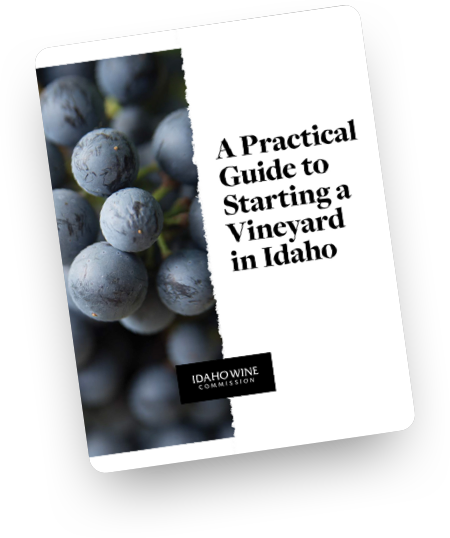
Get Full Access To All Our Growers Resources
Looking to establish or expand a vineyard in Idaho? We’ve got room to grow and resources to help you get there.